A traditional club with a very modern approach
Ben Machin, the general manager of Peterborough Milton Golf Club and Adam Chamberlain, the club’s head professional, discuss the new governance of the club and how, by working together, they’ve maintained membership levels.
Peterborough Milton is a classic 1938 James Braid parkland course located within the Milton Estates in Northamptonshire. The club is owned by the membership of approximately 610 playing members but, recently, Peterborough Milton went through somewhat of an organisational shift. It made significant governance changes and reduced the number of directors from 13 to just six, with most day-to-day responsibilities shifting to the general manager.
Ben Machin is the man now taking charge of those responsibilities, having joined the club in November 2022. Coming from a different industry background, Machin has taken up his first role within golf and overseen the transition, leading to a more streamlined and proactive operation. The changes in roles and responsibilities have allowed staff to focus more on daily operations, while the board handles strategic decisions.
A constant figure within the club is first-time head professional, Adam Chamberlain, who has called Peterborough Milton home since 2013. Over the years his role has evolved, becoming crucial to the club’s success which has been rewarded by the new management direction with a seven-year contract as club professional.
Both relatively young in their careers, we spoke to Machin and Chamberlain about the forward-thinking approach they have taken to managing change and the success they have seen at their golf club.
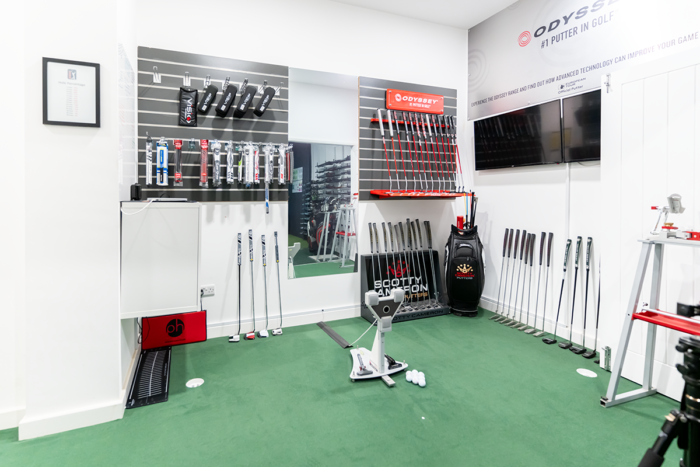
How would you assess the club’s current position in the market?
Ben Machin: Anticipating some attrition, we took a strategic approach, including the decision to clear the waiting list earlier this year. This was essential because our renewal period in June contrasts with other clubs renewing in March or April. The weather improved, the course recovered splendidly, and the outcome was better than expected. While we did have some drop in membership numbers compared to the previous year, it wasn’t a significant loss. We’ve managed to bridge the gap, and now we’re only a few members short of full.
To retain prospective members, we introduced a trial membership covering March, April, and May, ultimately leading to a June renewal. I believe this approach fits right for our position and the value we offer to our members.
Our club shop and pro team played a pivotal role in maintaining membership levels, engaging with members and helping to maintain high levels of service.
Adam Chamberlain: We’ve been successful in transitioning some of our loyal customers, who initially came for lessons or fittings, into fully-fledged members. This not only solidifies our membership but also reinforces the value of our course and facilities. We’ve also seen success in attracting golfers from a 30-mile radius, and sometimes even farther for lessons, fittings and subsequent enquires about membership.
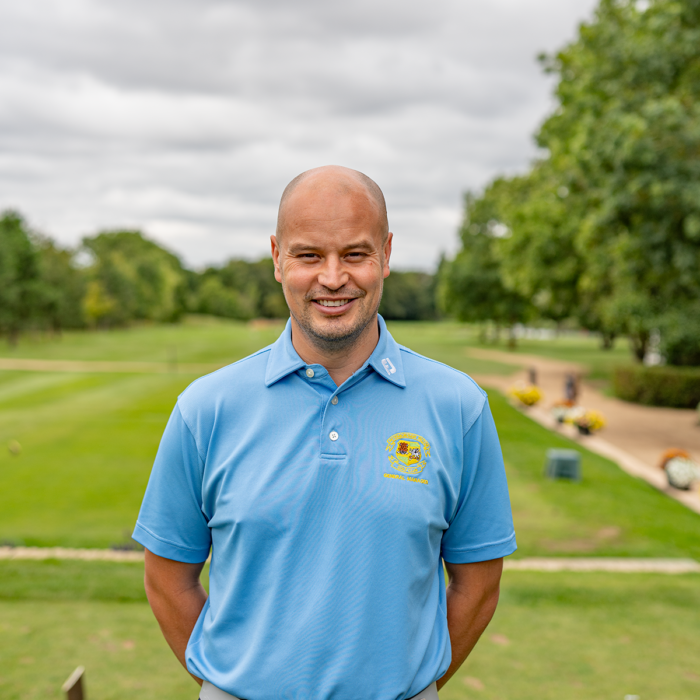
Ben Machin
How has the membership received the new managerial direction?
Ben Machin: The relationship with our members is key. It’s about making them feel welcome and demonstrating the value we provide. As an anecdotal example which stands out to me; a recent new member chose our club over another because of the warm welcome they received during their visit.
In essence, member retention and attracting new members are intertwined. If we maintain an engaged membership and continue to have visitors enjoying our facilities, it’s a win-win for us and, most importantly, our members. It’s all about delivering on our promise of an outstanding golf experience while adapting to changing times.
I believe overcommunication with members is crucial. It’s all about providing an experience that goes beyond just golf and, led by Adam, our studio and facilities are a significant draw to the club while building a community for our members. His membership communication is first class, and he uses the Foremost Elite Marketing Programme (EMP) to help keep our members fully up-to-date with what is happening in our club community on and off the course and all related golf opportunities at the club.
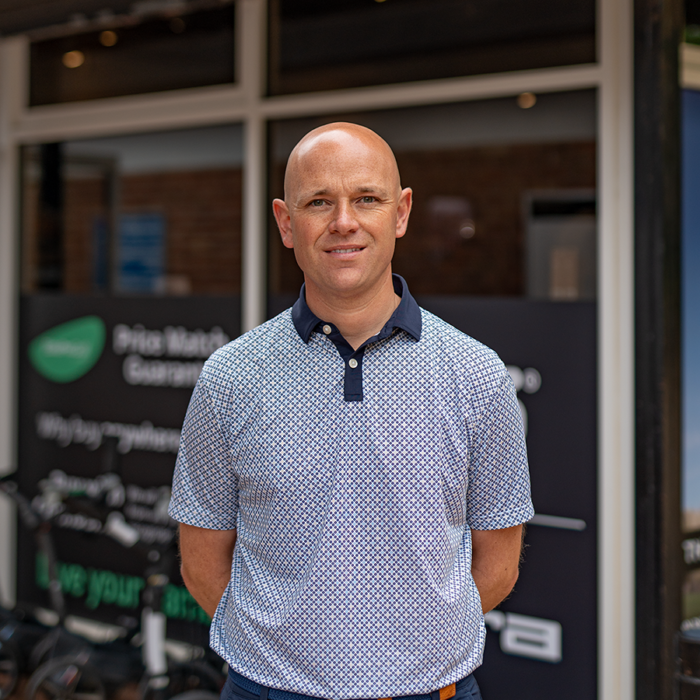
Adam Chamberlain
Adam Chamberlain: As Ben pointed out, it’s crucial to consider the bigger picture. Being a member-owned golf club is more than just tee times; it’s about offering a complete experience, and that’s what we’re striving for. It’s not just about what we’re doing now but envisioning where the club should be in the future. This applies to various aspects, whether it’s improving the member experience, retaining memberships or enhancing the social and playing aspects of the club.
The ultimate goal is to create a strong sense of community where people don’t just want to join but wish to stay for the long term. Having a clear vision for what the club will look like in five or ten years is vital, especially in a competitive environment where people have choices.
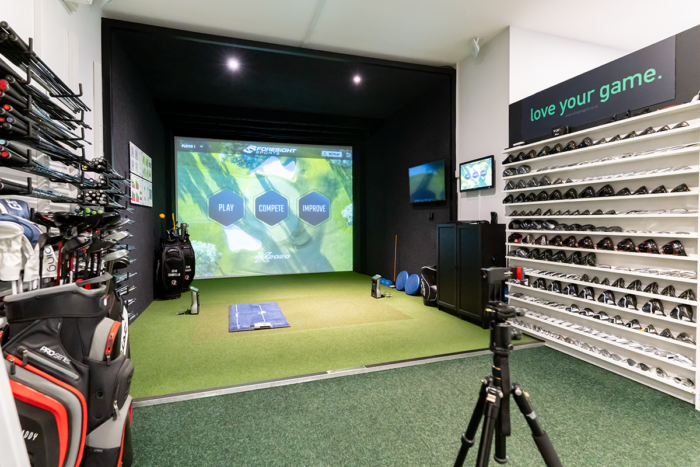
Why did you opt to extend Adam’s contract as club professional?
Ben Machin: We saw the strengths in Adam as our resident professional and the value he brings to the success of the whole club and the members. Adam wants to invest in his shop, the pro team and the coaching and fitting studio for our membership but he can’t reasonably be expected to do that without a reasonable length contract.
Extending Adam’s contract reflected our trust in his expertise but also this long-term commitment benefits both parties, especially when considering our members’ satisfaction and their desires. It’s a way to ensure stability and trust in the future of the club and its relationship with our golf professional.
When we discuss our plans for the course, the driving range, and the practice area, why wouldn’t we seek the opinion of our head professional on these matters? There’s a significant challenge when you have a new pro every other year, each bringing their own set of ideas but without the backing to fully invest and see them through.
In our case, Adam stands out as he’s clear and direct about what he envisions for the course and practice area. His ideas consistently align with our goals. We’re also taking the long view, considering where the course will be in five or ten years, which makes having Adam involved in these conversations even more valuable due to the alignment with his contract length.

Why do you believe in a pro retained model and what are some of the benefits?
Ben Machin: From a broader perspective, this relates to our overall business strategy. It’s pivotal, especially concerning member retention. Maintaining members is a bit like solving a complex equation. You need to balance the books while factoring in external challenges, such as a challenging winter and the ongoing cost of living crisis.
In the case of Adam and the professional-retained model, the difference is significant. When professionals run their own business, they’re highly invested, which drives them to provide exceptional service. It can be a marked contrast to employed professionals. Being invested in the business we believe leads to better results and dedication to the club.
The benefits are massive from both perspectives. While the club gets the best service from a dedicated individual, Adam also operates his own business within the club. It takes away administrative responsibilities related to the golf professional’s business, allowing the club to focus on core operations and improvements.
In essence, the retained model allows both parties to have clear expectations defined in their contract, which eliminates misunderstandings and disputes. It fosters trust, as they can rely on each other beyond what’s specified in the contract. This level of trust leads to more productive and challenging conversations, which ultimately drive the club forward.
It’s a collaborative effort with more people invested in the club’s success. By looking at the bigger picture, the club can benefit from the collective commitment of all its stakeholders.

You speak about collaboration and open communication. How does this work practically between yourselves?
Ben Machin: I’d like to think that our membership views the club and pro shop working together as one united front. It’s very much a joint effort to keep the club community updated on everything going on and because we both have different exposure to member interactions, its vital we keep talking and share thoughts and ideas. In the pro shop, members often come in for a chat and have more informal routine engagement with Adam and his team that without the open communication I might miss out on.
Adam Chamberlain: Communication has improved significantly during my tenure, which, while positive, has led to more inquiries and questions. We choose to address these issues head-on rather than avoiding them. Ben often checks with me about member concerns, and I ask during our weekly meetings what members need. It’s important to understand their perspective, even if it varies from what we offer in the shop or other parts of the club.
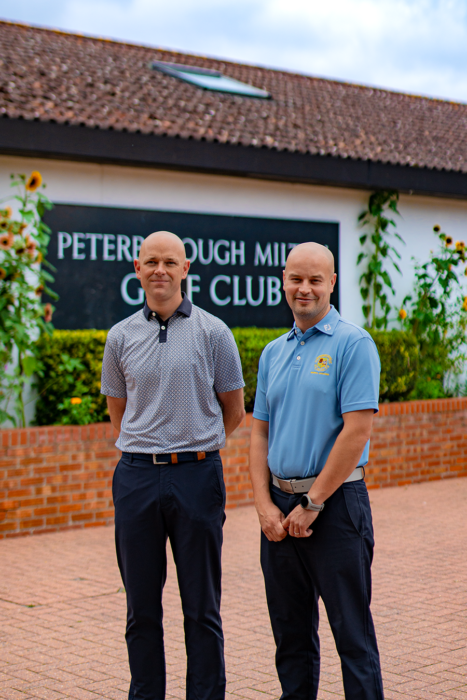
How has the role of the professional and the services evolved at the club?
Adam Chamberlain: The modern club professional role has changed. It’s not just about teaching; it involves club fitting, managing the community, and much more. It’s a multifaceted role and while the hours can be demanding, a well-structured team can make it manageable. By being a part of the community and leveraging the potential customer base, it becomes more than just teaching golf. Over the years, our fitting centre has grown in response to the demand, and word of mouth has attracted more people. This is because they recognise the value of the relationship and the trust we’ve built.
Regarding the range of products and brands available at traditional clubs, it’s a process that evolves over time.
The focus is always on providing the best customer experience, offering unbiased recommendations, and fitting golfers with equipment that suits them.
It’s not always straightforward from a business perspective to accommodate every brand, but our primary focus remains on delivering high standards of fitting and ensuring that golfers get the most from the excellent new products and technology that is available from today’s manufacturers.
We’re certainly thinking long-term when it comes to our customer relationships. It’s not about a one-time single purchase but considering the lifetime value of a customer. If we can keep a customer happy and coming back for decades, we’re willing to go the extra mile.
Ben Machin: There are many different ways that a really good professional helps the club. Often the professional team has the most day-to-day communication and opportunity to engage with members and prospective new members. It’s about taking the experience beyond just the golf course.
Offering a great coaching and fitting studio solution is just another added benefit members get to make our club an even bigger part of their life.
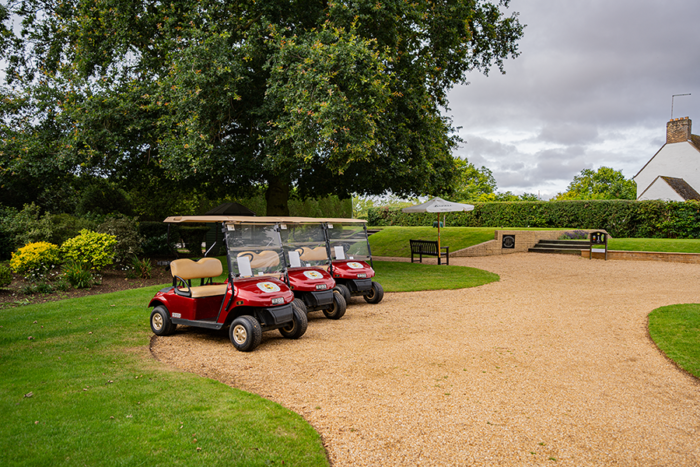
Adam, you’re a member of a retail and marketing services group – what does that offer to your business and to the golf club?
Adam Chamberlain: Being part of Foremost is fantastic. The way we use the support services on offer has evolved throughout my tenure, and it helps me get closer to the members with the communication tools and marketing I get at my disposal as an EMP (Elite Marketing Programme) Premium member. Foremost helps provide me with a website that is a great digital shop window and all the marketing we do brings customers to our website and often starts a conversation or relationship. This adds more professionalism to our role and makes the member experience in understanding what we offer, or booking a lesson or fitting, easier.
From a business sense, the unique invoicing system is a significant advantage which saves me half a day a week. The support we get makes it easier to manage and allows us to offer a more reliable service. For up-and-coming professionals, it’s even more beneficial because we can compete with established pros as well as the off-course market.
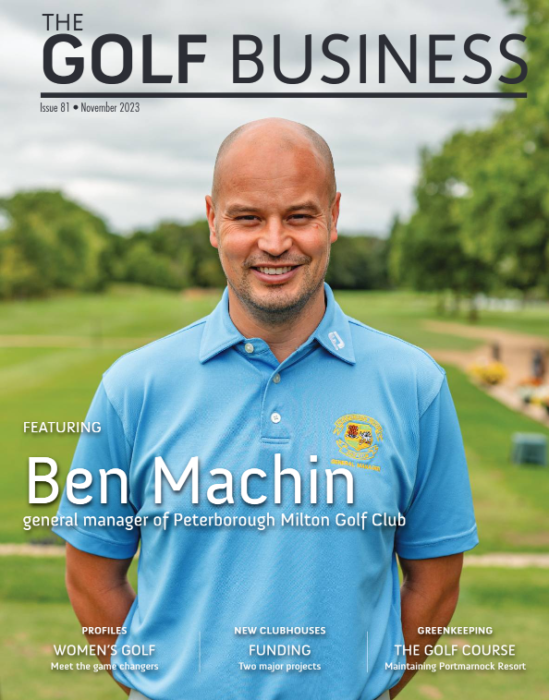
What does the future hold for Peterborough Milton?
Ben Machin: As for the future, the vision revolves around nurturing the club and its members. Considerations go beyond the immediate and focus on what the club will look like in the years to come. It’s about building a strong community that people want to be a part of, whether they’re current members or potential new ones.
While challenges exist in maintaining a balance and serving the community, these challenges are opportunities to enhance the club’s operations and member satisfaction. It’s a continuous process that’s guided by the desire to create a welcoming, thriving and evolving golf club experience.
Adam Chamberlain: Customer experience is crucial, and it’s part of our strategy. Members always come first whether they’ve been at the club for decades or just joined. Our new member introduction process involves connecting them with amenable, friendly members who can help them settle in.
Having a clear five-year plan is vital. It helps us make informed decisions and align the club’s goals with our strategies. For the future, we want to continue enhancing the course and practice area, emphasising its reputation.
Having someone forward-thinking like Ben has been a tremendous addition. We need to evolve and adapt rather than stick to a ‘this is how we’ve always done it’ mindset. So, it’s about embracing change and looking into how we can continuously improve and grow.















Let me tell You a sad story ! There are no comments yet, but You can be first one to comment this article.
Write a comment